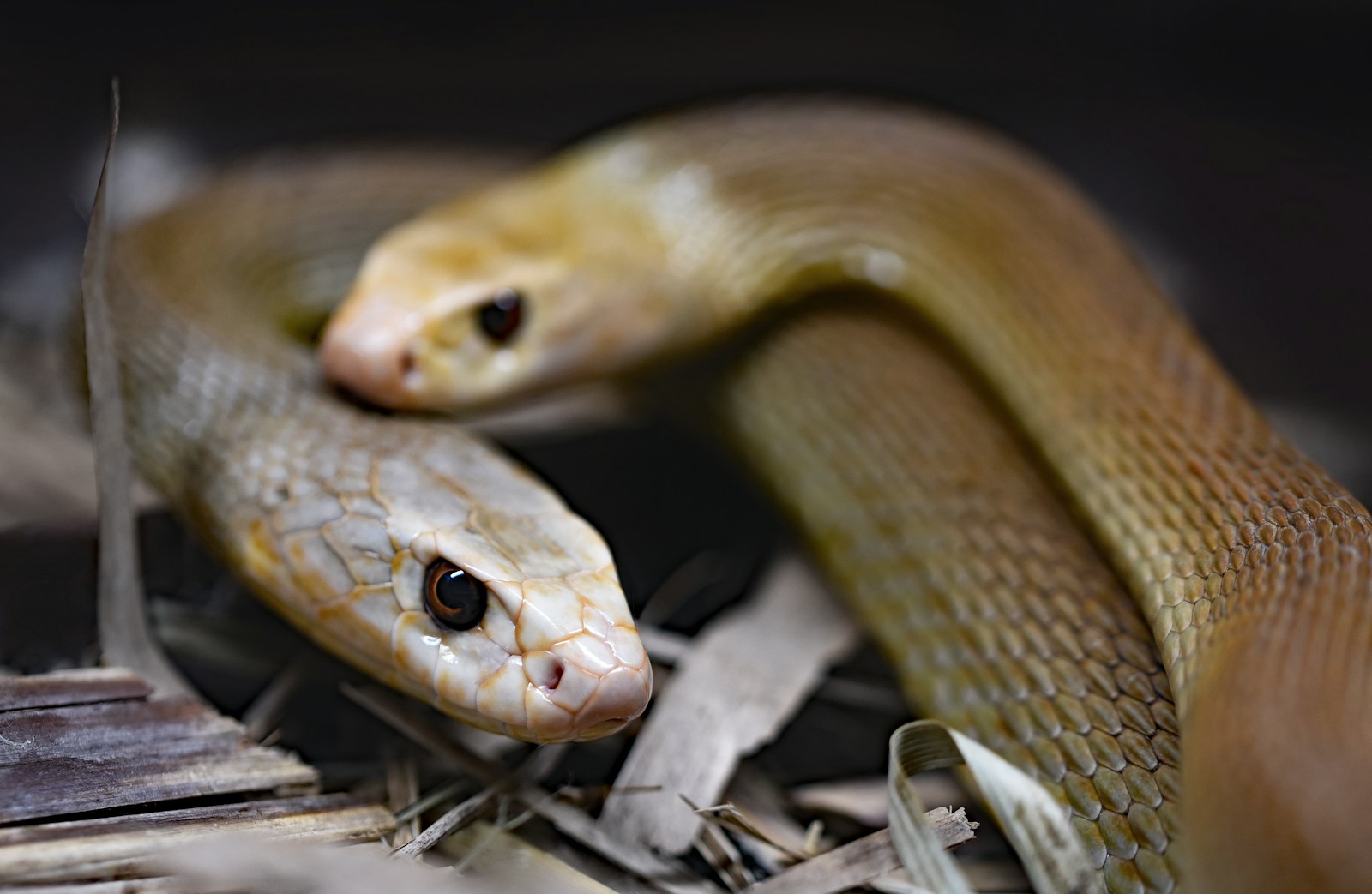When confronted by a potential predator, some snake species display a remarkable behavior that often surprises and fascinates observers – they elevate the front portion of their bodies vertically, appearing to “stand tall.” This defensive posture, while intimidating to behold, represents one of many sophisticated survival strategies these reptiles have evolved over millions of years. Far from being a simple aggressive stance, this behavior involves complex physiological mechanisms and serves multiple purposes in the snake’s defensive repertoire. In this article, we’ll explore why and how snakes perform this dramatic display, the species most known for it, and what it tells us about these often misunderstood creatures.
The Vertical Defense Posture Explained
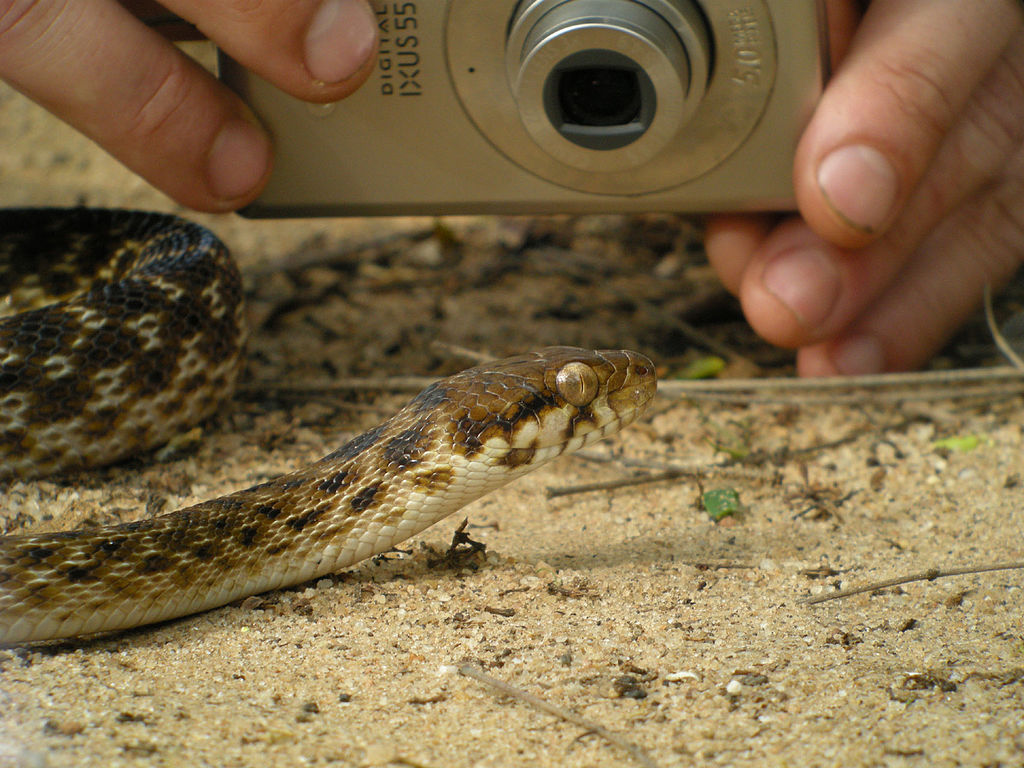
When a snake rises into a vertical stance, it’s employing what biologists call a defensive or threat display. This behavior involves the snake raising the anterior portion of its body – sometimes up to a third of its total length – while keeping the rest of its body firmly planted on the ground for stability. The snake typically flattens its neck region during this display, creating a larger visual profile that makes it appear more imposing to potential threats. This posture is distinct from the typical S-shaped striking position and requires significant muscular strength and control. The display is almost always accompanied by other warning signals such as hissing, mock striking, or in the case of cobras, hood expansion.
Evolutionary Advantages of Standing Tall
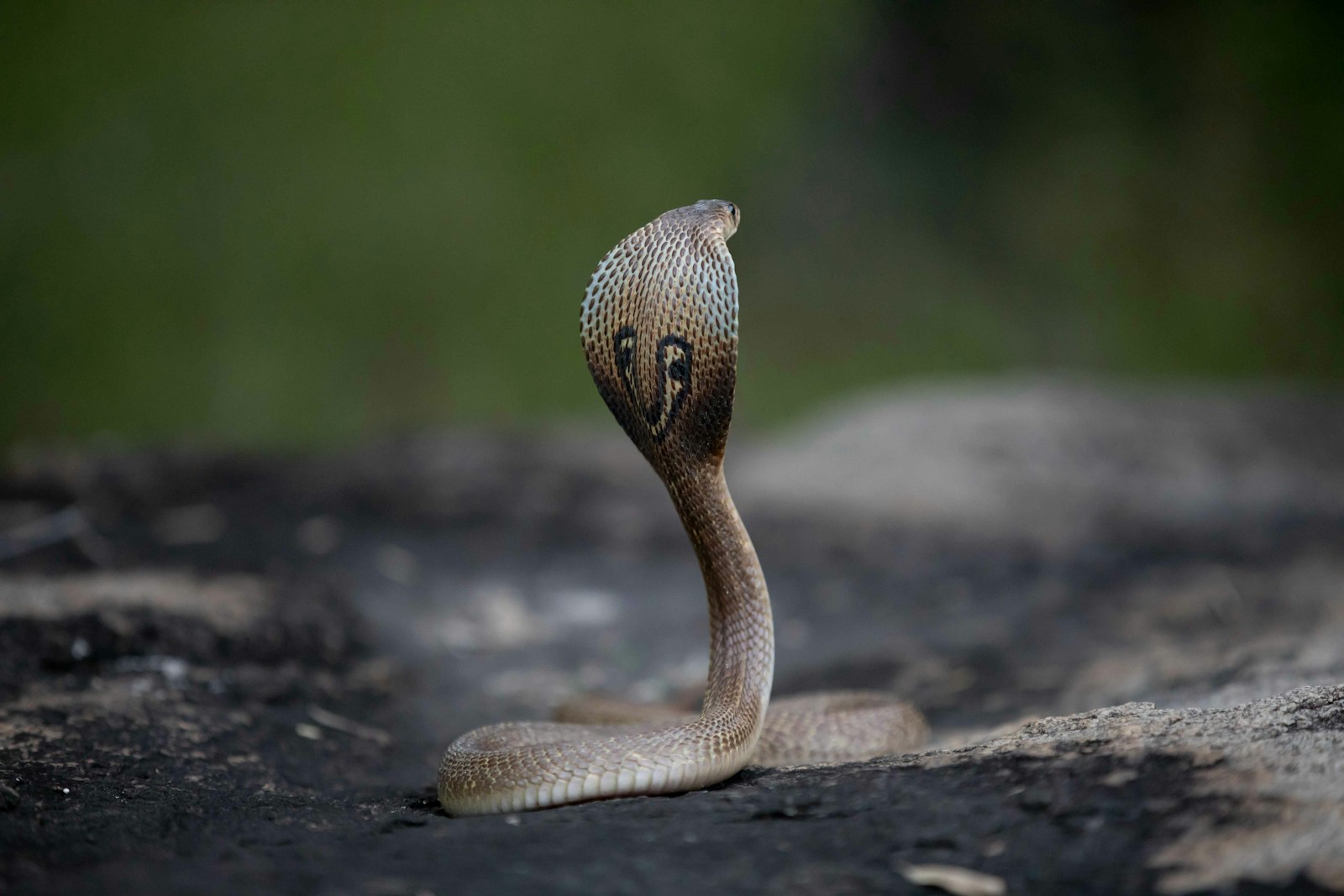
The vertical posture has evolved as an effective antipredator strategy that offers several evolutionary advantages. By increasing its height, the snake creates an illusion of being much larger than it actually is, potentially deterring predators that might otherwise see it as prey. This elevation also positions the snake’s head at a better vantage point for observation and potential striking if the threat persists. Research suggests that predators are more cautious when approaching taller prey, as height is often associated with greater strength or danger. Additionally, by lifting its most vulnerable body parts (head and neck) off the ground, the snake reduces accessibility to these critical areas while maintaining the option to flee or fight if necessary.
Cobras: Masters of the Vertical Display

Cobras represent perhaps the most famous practitioners of the vertical defensive posture. Species such as the king cobra (Ophiophagus hannah) and various Naja genus cobras can raise up to a third of their body length vertically while simultaneously spreading their distinctive hoods. The hood itself is formed by elongated ribs in the neck region that can extend outward, stretching the skin to create a dramatic, shield-like appearance. This combined display of height and width creates a remarkably effective visual deterrent. A king cobra can maintain this posture at heights exceeding five feet, making it appear truly formidable even to large predators. The cobra’s ability to sustain this energetically demanding posture for extended periods demonstrates the evolutionary importance of this defensive behavior.
Rattlesnakes and Their Standing Behavior
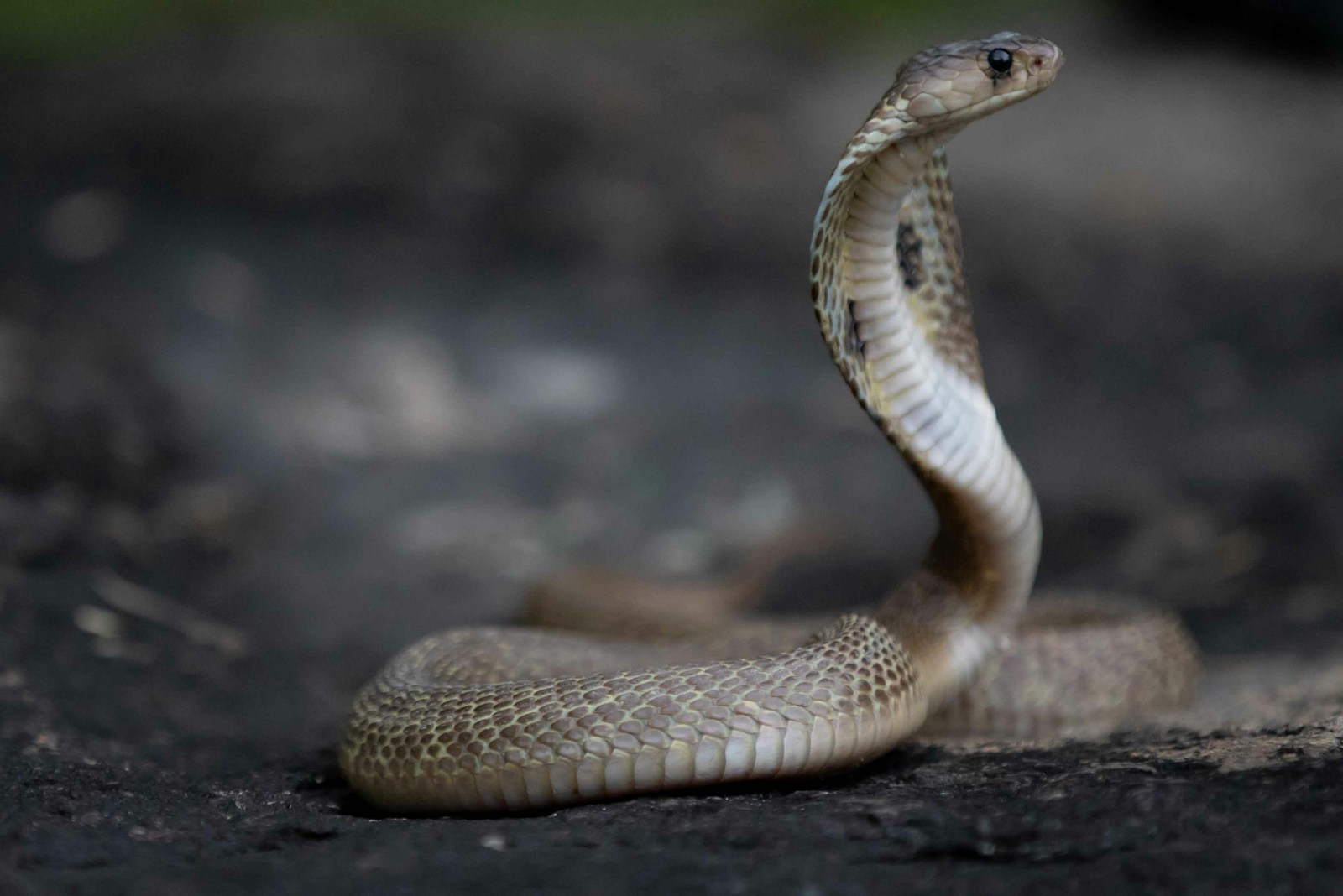
While less known for vertical displays than cobras, many rattlesnake species (genus Crotalus) will adopt a partial vertical stance when threatened. Rattlesnakes typically raise the anterior portion of their body in an S-shaped position rather than fully vertical, combining this posture with their eponymous rattling warning. This lifted posture provides them with better striking capabilities while simultaneously serving as a warning display. The Western Diamondback Rattlesnake (Crotalus atrox) is particularly known for this behavior, sometimes lifting up to a quarter of its body while coiling the rear portion to support this elevated position. This stance, combined with rapid rattling, creates a multi-sensory warning system that effectively communicates danger to potential threats.
The Psychology of Intimidation
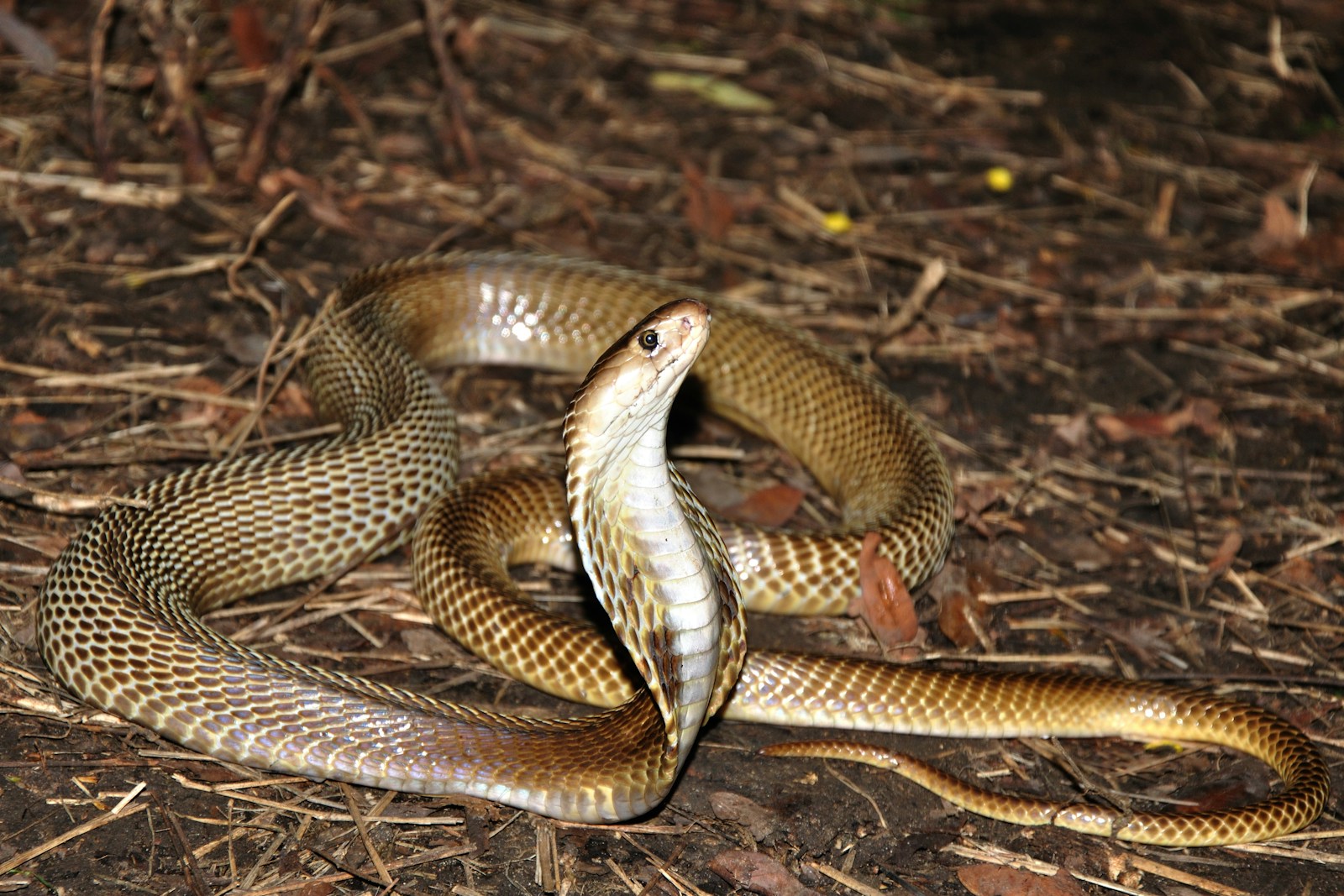
The vertical stance is fundamentally a psychological warfare tactic in the animal kingdom. By suddenly increasing its perceived size and adopting an unusual posture, the snake creates a startling and confusing situation for potential predators. This momentary confusion often provides critical seconds for the snake to assess the situation or prepare for further defensive actions. Predators throughout the animal kingdom have evolved to be wary of sudden movements or unusual postures, as they often signal potential danger or defensive capabilities. The effectiveness of this display is evidenced by its convergent evolution across multiple snake families with different hunting strategies and habitats, suggesting strong selection pressure for this behavior. Even non-venomous species have evolved this behavior, demonstrating its value beyond simply positioning for a venomous strike.
Hognose Snakes: The Dramatic Performers
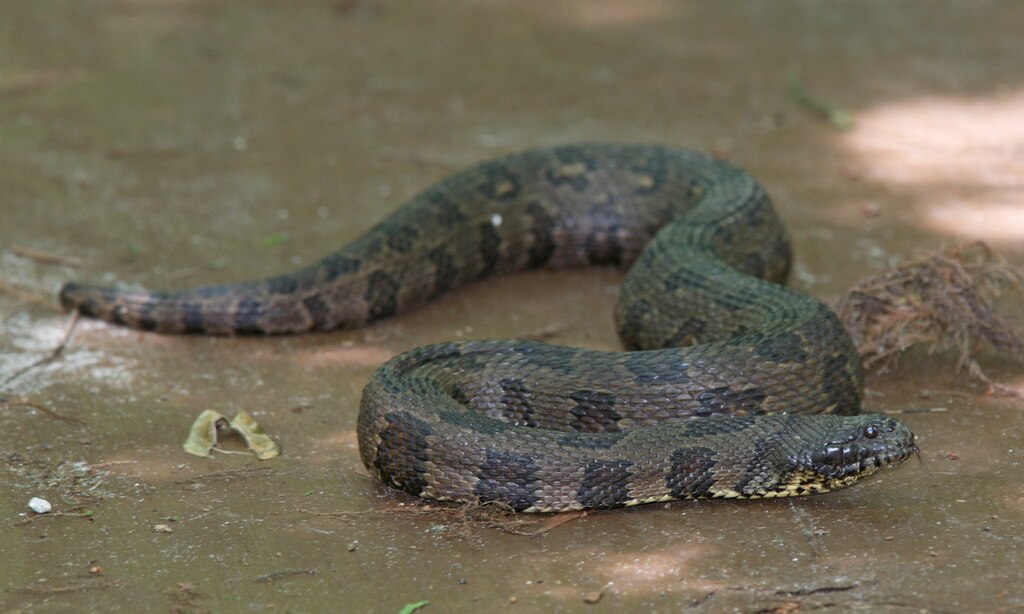
Hognose snakes (genus Heterodon) provide one of the most theatrical examples of vertical defensive displays. When threatened, these relatively small North American snakes flatten their necks dramatically (similar to cobras) and raise the front portion of their body while hissing loudly. What makes hognose snakes particularly interesting is that this intimidating display is largely bluffing, as they are mildly venomous but generally harmless to humans. If this initial display fails to deter a predator, hognose snakes escalate to even more dramatic behaviors, including playing dead by rolling onto their backs with mouths open and tongues lolling. Their multi-stage defensive repertoire demonstrates how the vertical display often serves as just the first line of defense in a complex sequence of antipredator behaviors.
The Physiological Mechanics

The ability to stand tall requires remarkable physiological adaptations and muscular strength. Snakes possess highly specialized musculature along their elongated spine, with hundreds of vertebrae and corresponding muscle pairs that enable precise control over body positioning. To achieve the vertical stance, they contract muscles along one side of the body while simultaneously relaxing opposing muscles, creating the force necessary to lift substantial portions of their body weight against gravity. This maneuver is particularly impressive considering snakes lack limbs to provide leverage. The snake must also maintain blood pressure to the elevated head, requiring specialized cardiovascular adaptations to prevent fainting during prolonged displays. The energy expenditure of maintaining this position is significant, highlighting that snakes only employ this costly behavior when they perceive a genuine threat.
When Non-Venomous Snakes Stand Tall
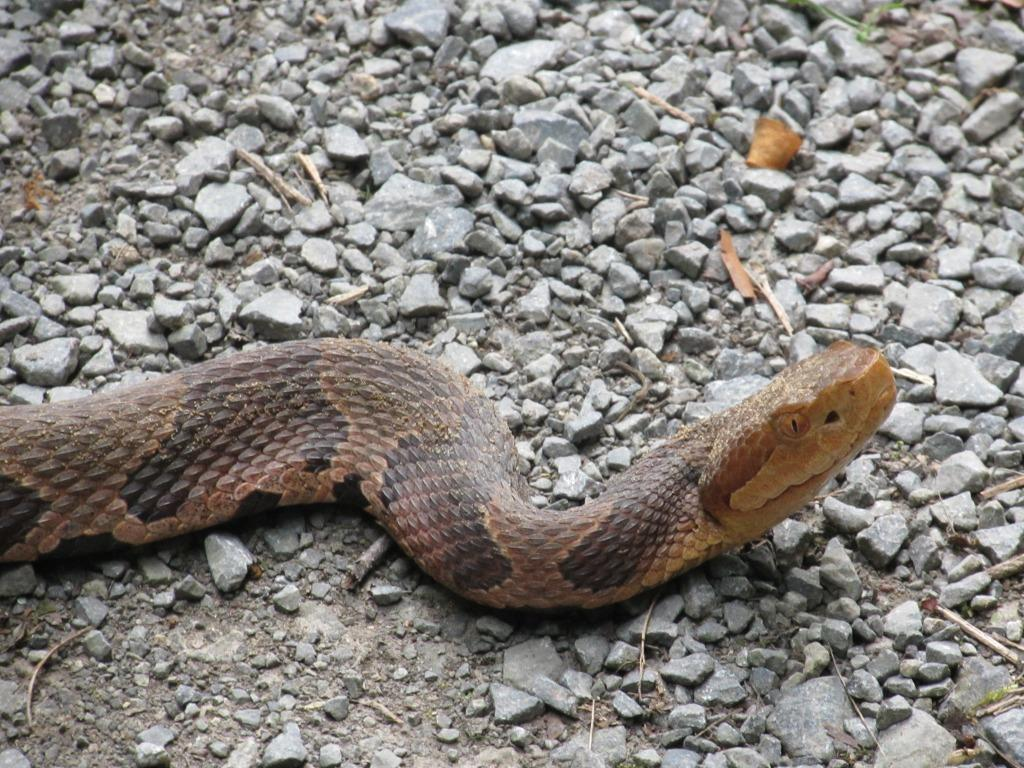
Interestingly, many non-venomous snake species also employ the vertical stance despite lacking the venomous bite that often accompanies this display in other species. Rat snakes, king snakes, and various colubrid species will raise their heads and upper bodies when confronted, despite having limited defensive capabilities. This behavior exemplifies Batesian mimicry, where harmless species evolve to imitate the warning signals of dangerous ones. The Eastern Ratsnake (Pantherophis alleghaniensis), for instance, will not only rise vertically but also vibrate its tail against leaves to mimic a rattlesnake’s warning. These mimics benefit from predators’ innate or learned wariness of similar displays by venomous species, gaining protection without the metabolic cost of producing venom.
Cultural Perceptions and Misunderstandings
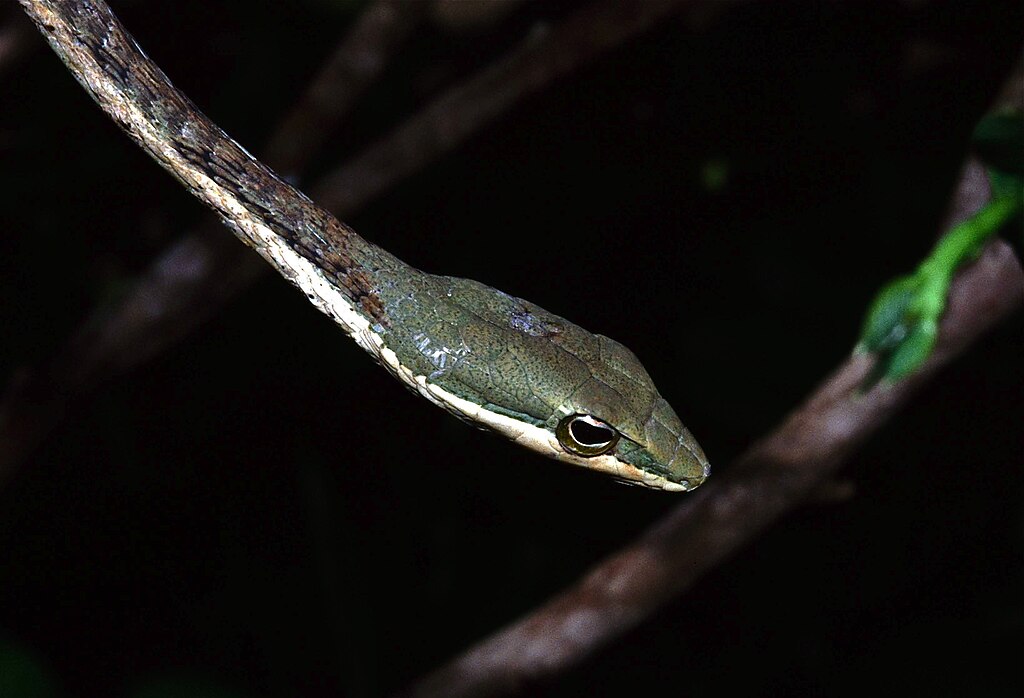
The sight of a snake rising vertically has contributed significantly to the fear and mythology surrounding these animals across human cultures. This dramatic posture appears in ancient art, religious symbolism, and folklore worldwide, often interpreted as aggression rather than defensive behavior. The cobra’s raised stance features prominently in Egyptian iconography, while similar representations appear in Hindu traditions with the many-headed serpent Shesha. Unfortunately, this defensive posture is frequently misinterpreted by humans as preparation for an aggressive attack, leading to unnecessary killing of snakes. Conservation educators emphasize that a standing snake is typically trying to avoid conflict rather than initiate it, and giving the animal space to retreat is the appropriate response.
Regional Variations in Standing Behavior
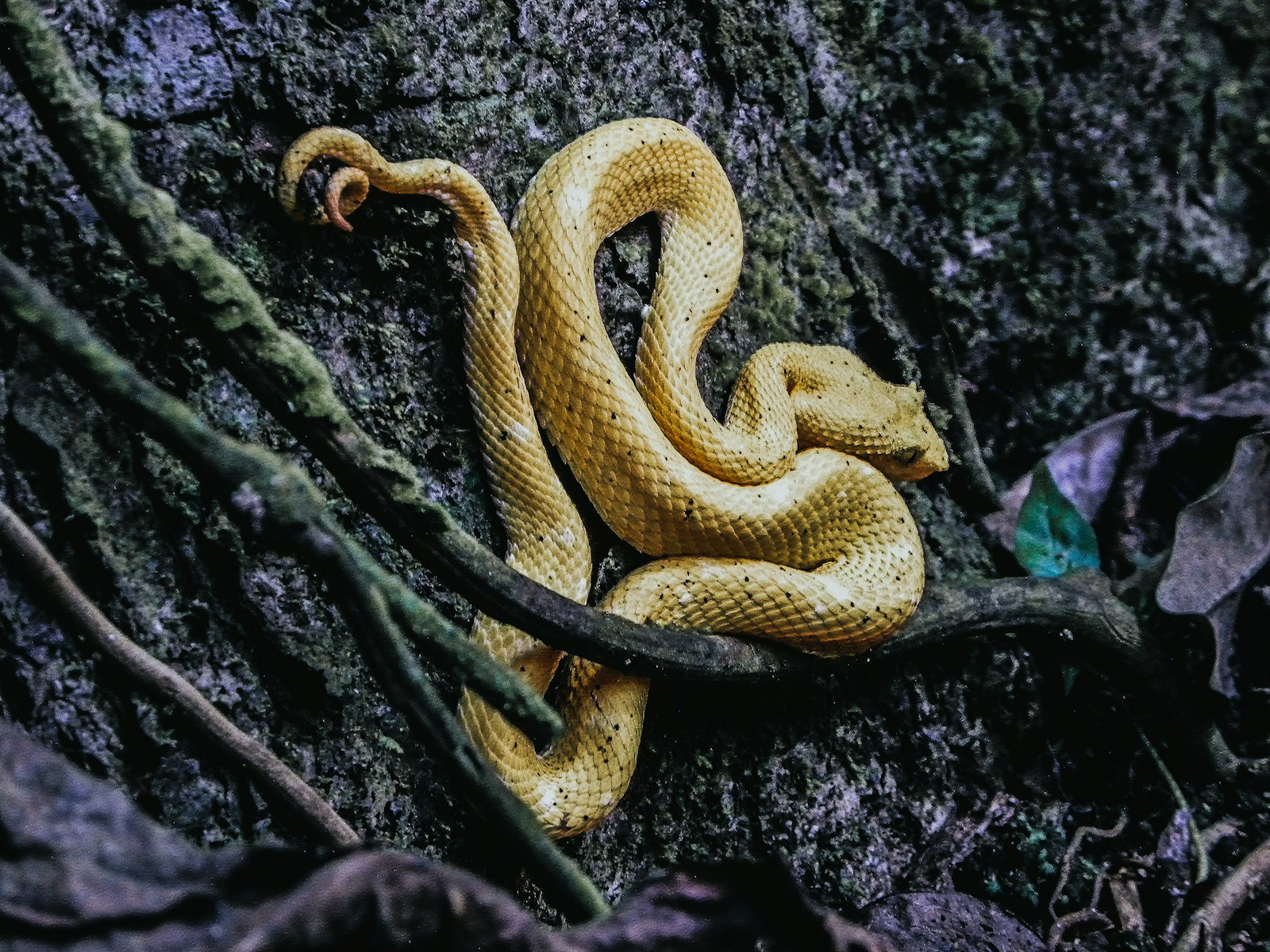
The specific characteristics of the vertical display vary significantly across snake species from different geographical regions, reflecting local evolutionary pressures. African mambas (genus Dendroaspis) can maintain an extraordinarily high posture, sometimes with two-thirds of their body elevated above ground, allowing these tree-dwelling hunters to match the eye level of much larger potential predators. Australian death adders (genus Acanthophis), conversely, rarely elevate their bodies significantly, instead relying on camouflage and a lightning-fast strike from a more conventional position. Asian vine snakes (genus Ahaetulla) use their extremely slender bodies to create remarkably tall displays despite their lightweight build. These regional variations demonstrate how the basic concept of vertical posturing has been refined and adapted to specific ecological niches and predator-prey relationships.
The Role of Environmental Factors
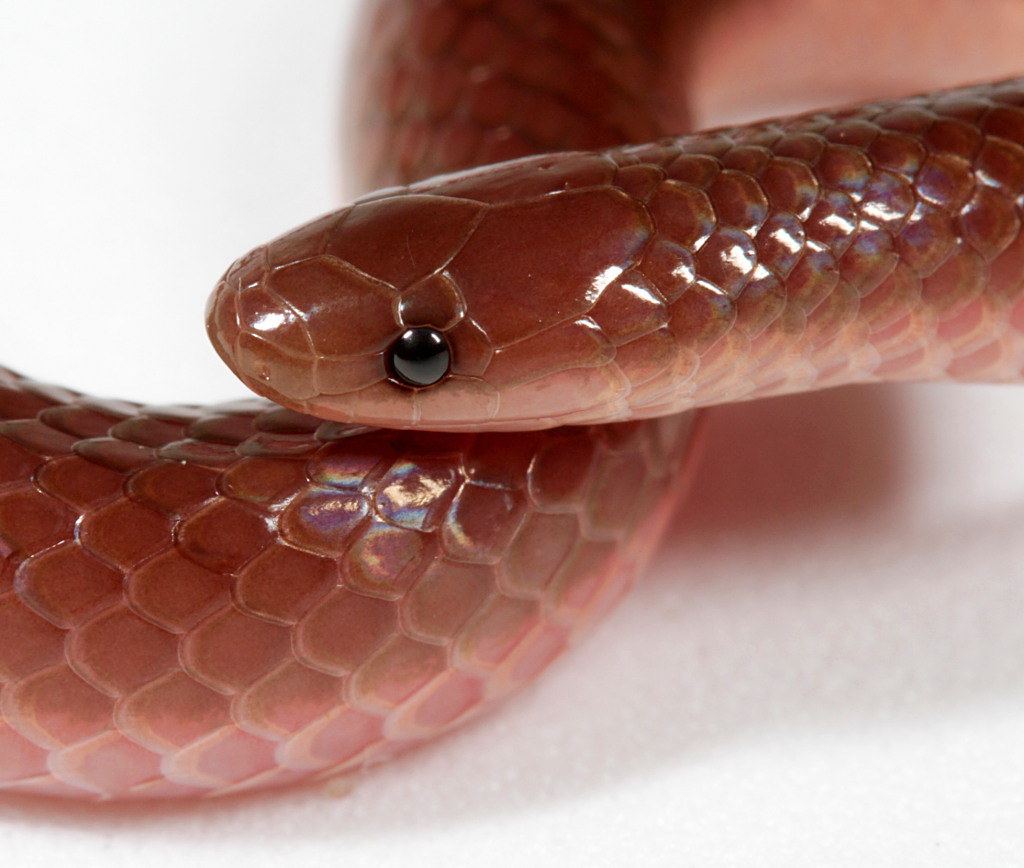
Environmental context significantly influences when and how snakes employ the standing display. In dense vegetation, a vertical stance allows the snake to see over obstacles and assess threats more effectively, while also making itself more visible to potential threats. Snakes in open environments may use the display differently, emphasizing lateral neck expansion rather than extreme height to maximize visibility from all angles. Temperature also plays a crucial role, as the muscular exertion required for this posture demands significant energy – making the display less common during cold periods when metabolic rates are lower. Research indicates that individual snakes may adjust their defensive behaviors based on substrate type, available escape routes, and even humidity levels, demonstrating remarkable behavioral plasticity.
Scientific Research and Ongoing Discoveries
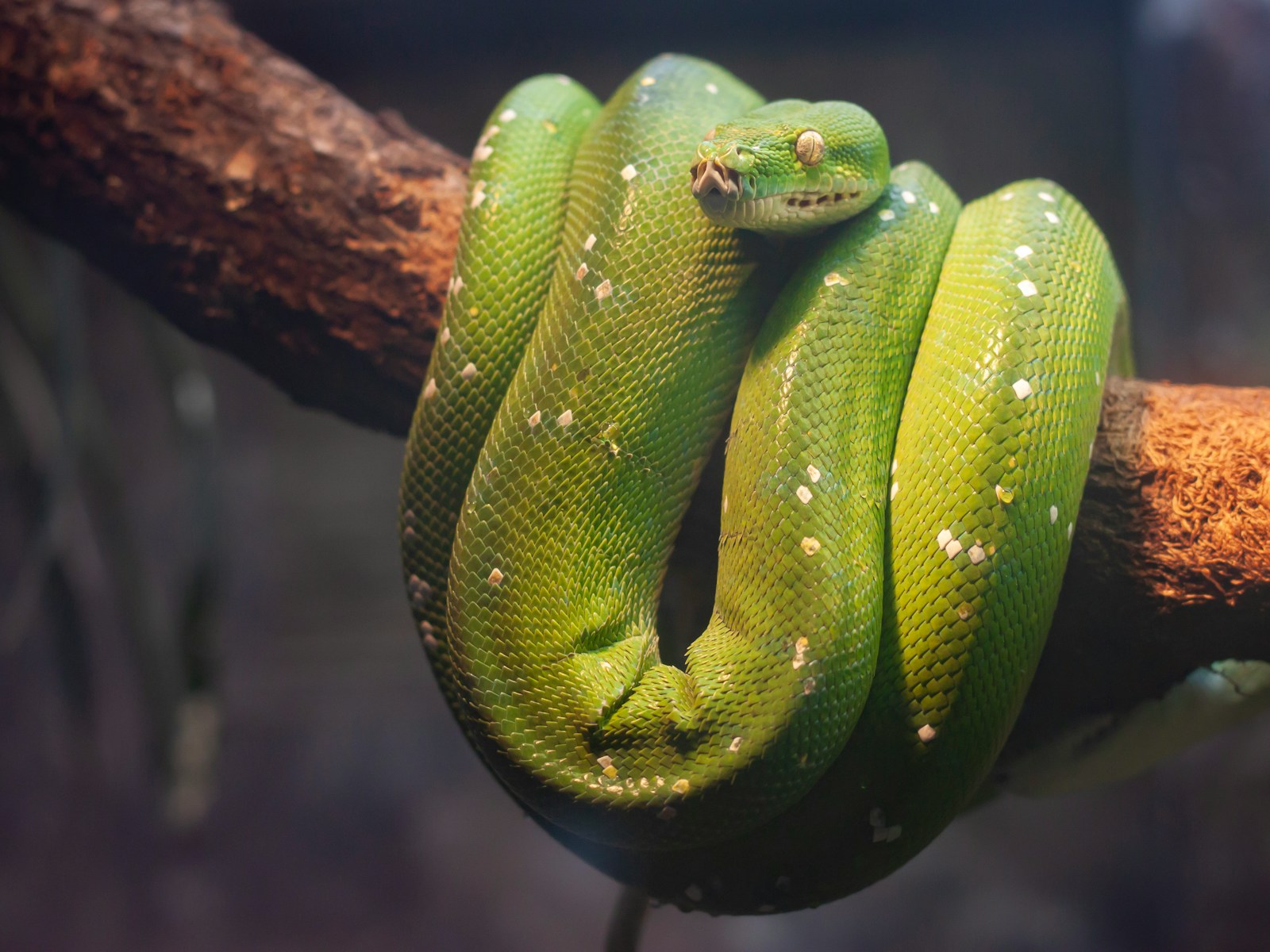
Modern research continues to reveal new aspects of the standing behavior in various snake species. High-speed photography has allowed scientists to measure the remarkable speed with which some species can transition from resting to full vertical display – sometimes in less than half a second. Comparative studies between closely related species reveal how this behavior evolves and specializes over evolutionary time. Particularly interesting is research on the neurological control mechanisms that coordinate the complex muscle movements required for this behavior. Some recent studies have even investigated whether the propensity for vertical displays correlates with other defensive tactics or venom potency, suggesting complex evolutionary trade-offs in defensive strategies. As research tools advance, our understanding of the biomechanics and evolutionary significance of this behavior continues to deepen.
Conservation Implications

Understanding defensive behaviors like the vertical stance has important implications for snake conservation efforts worldwide. By educating people about the defensive rather than aggressive nature of these displays, conservationists hope to reduce needless killing of snakes encountered in human settings. The dramatic nature of the vertical display makes it an excellent educational tool for demonstrating the sophisticated behaviors of these often-maligned animals. Conservation programs increasingly use demonstrations of these behaviors in controlled settings to help desensitize people to their fear reactions and build appreciation for snake behavior. Additionally, variations in defensive display behaviors provide valuable indicators of stress in captive breeding programs aimed at preserving endangered snake species, helping caretakers monitor the psychological well-being of these animals.
Conclusion

The ability of snakes to “stand tall” represents far more than a simple intimidation tactic; it reveals the sophisticated interplay of evolutionary pressures, physiological adaptations, and behavioral flexibility that has helped these remarkable reptiles survive for millions of years. From the iconic cobra with its expanded hood to the theatrical bluffing of the hognose snake, this defensive posture has evolved independently across numerous lineages, testifying to its effectiveness as a survival strategy. By understanding that this behavior represents a defensive rather than aggressive stance, we can better appreciate these often-misunderstood animals and their place in the natural world. The next time you encounter images or videos of a snake rising vertically, you’ll recognize it not as an aggressive monster preparing to attack, but as a sophisticated animal employing a carefully honed survival strategy that has stood the test of evolutionary time.

